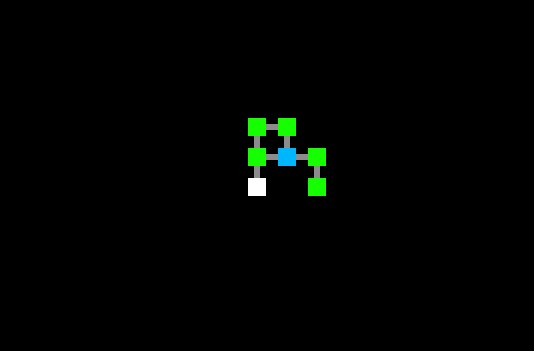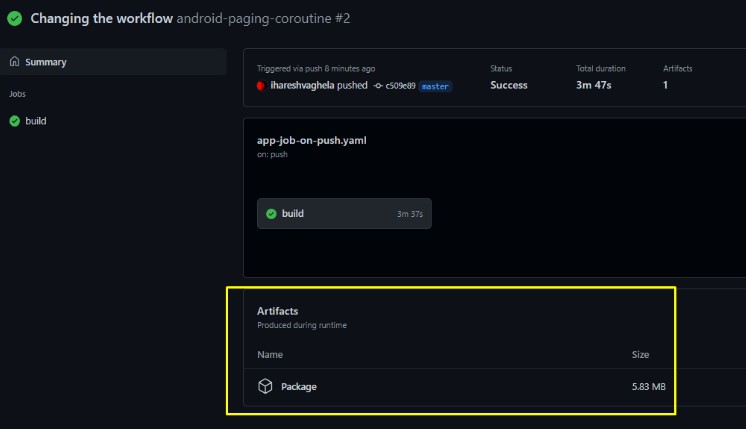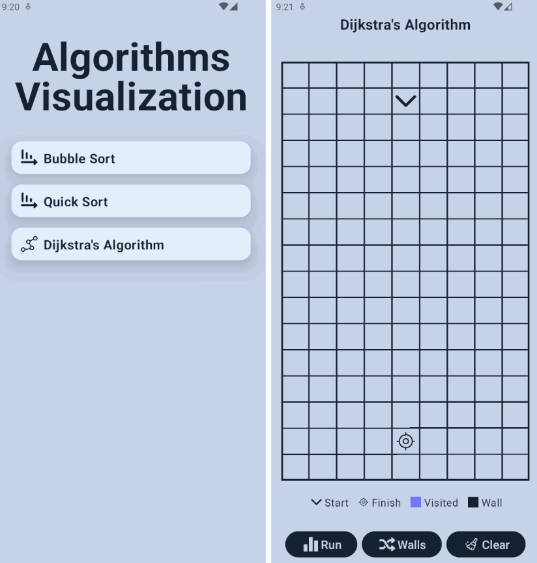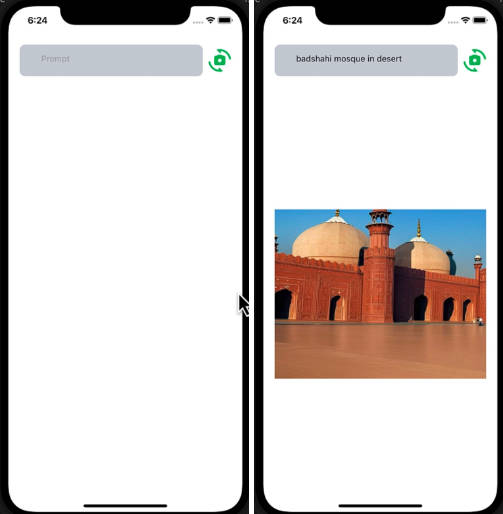Recursive-Dungeon-Generation
This repository contains implementations of a recursive algorithm, authored by Christopher Ravosa, for generating dungeons on a matrix. The general idea with this algorithm is that a dungeon is created by snaking paths out of a starting room known as the “origin” of the dungeon. For a more detailed overview of the algorithm, see the below sections.
Table of Contents
Algorithm Summary Visualized Example Pseudocode Acknowledgements
Algorithm Summary
The algorithm works by placing a “room” object in an arbitrary position on a two-dimensional matrix. The algorithm then flips a coin on each door associated with the initial room object to determine whether it will open and attach the current room to another room in that direction. In the event another room is placed, the new room is instantiated with an open door connecting it to the previous room. Before the rest of the doors in the initial room are handled, the algorithm recursively calls itself on the new room, handling the new room’s doors first. This process continues until there are no more opportunities for a room to instantiate off of an existing room. This can mean the path has reached the end of the map, that another room already exists in the desired pathing direction, or that the algorithm determined not to place a room in a given direction at all.
In all cases, the coin flip occurs prior to a room being placed or a connection being established between a new room and a pre-existing room. This means that simply because two rooms are adjacent to each other, does not mean they will always connect. This creates a maze-like structure and ensures that all rooms are reachable from the initial room placement known as the “origin”.
There are many modifications which can be made to this algorithm. For example, the algorithm can be modified to work on a three-dimensional array of rooms with six doors. The fifth and sixth doors would exist on the floor and ceiling, effectively creating the potential for stairwells to exist. This modification allows seperate floors to exist in the dungeon. Other modifications include requirements regarding a minimum number of rooms or how frequently a room can be instantiated in a specific direction.
The documentation of this repository, however, will exclusively discuss dungeon generation using this algorithm on a two-dimensional matrix. Check back in the future to see implementations of this algorithm in different languages and with different modifications.
Visualized Example
Pseudocode
The algorithm makes use of a Room class. Room defines an object containing a coordinates array to represent the object’s position in the game world, and a doors array of four (4) booleans. Each boolean represents one (1) of the four (4) doors which may exist on each of the walls of a standard room. Each index of the doors array must be associated with one of the cardinal directions. For example, 0 -> North, 1 -> East, 2 -> South, 3 -> West. If a boolean in the doors array is true, that means the associated door exists and attaches this instance of Room to another instance of Room in the direction associated with that index of the doors array.
This algorithm generates a dungeon (game world) on a matrix containing instances of the Room class. The matrix can be characterized by the dimensions n x m, where n is row length and m is column length. This algorithm works on both square matrices and matrices where row and column lengths differ. Included below is a pseudocode representation of this algorithm before any modifications have been made for generating more diverse dungeons.
generateDungeon(Int n, Int m) initialize the matrix, worldMap, which will be returned place a room, origin, in the matrix pathify(origin) return worldMap
pathify(Object room, Matrix worldMap) for each door in this room generate a percentage x between 0 and 100 if x >= 50% set this door to true to open it if the adjacent spot in that direction on worldMap does NOT have a room place a room, newRoom, on that index of the matrix pathify(newRoom)
Acknowledgements
This list contains links to resources which were helpful in the development of this project:
- Piskel: Used to create algorithm visualization





